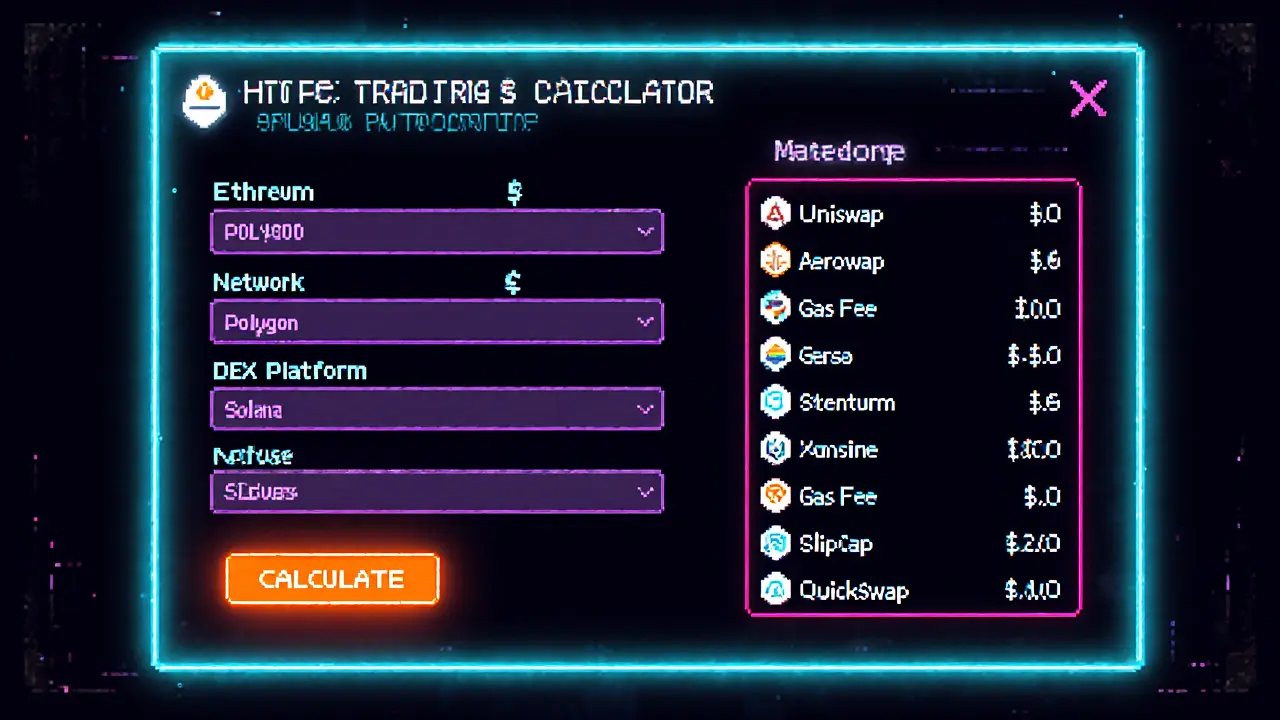Gas Fees Explained – What You Need to Know
When working with gas fees, the small payments users make to miners or validators to process transactions on a blockchain network. Also known as transaction fees, they act as the price tag for every on‑chain action you take. Whether you’re swapping tokens on a DEX or minting an NFT, gas fees determine how quickly the network will handle your request. Below you’ll see why they matter and how you can keep them under control.
The most famous playground for gas fees is Ethereum, a programmable blockchain that powers most DeFi and NFT projects. On Ethereum, a transaction fee, the amount of gas multiplied by the gas price you set in Gwei covers the computational work required to validate and store your action. The fee isn’t fixed; it rises when the network is busy and falls when traffic eases. That dynamic creates a direct link between network congestion and the cost you pay, a relationship that traders learn to exploit by timing their moves.
Enter DeFi, decentralized finance applications that run on smart‑contract platforms. DeFi protocols often involve multiple contract calls in a single operation—think swapping, providing liquidity, or borrowing. Each call adds its own gas requirement, so the total fee can balloon during high‑volume events like token launches or market crashes. In other words, DeFi activity influences gas fees, and savvy users monitor both to avoid surprise costs.
Aside from Ethereum, other chains like Binance Smart Chain, Polygon, and Avalanche have their own gas models. They usually offer lower fees because they use different consensus mechanisms or have less traffic. However, the same principle applies: gas fees encompass network demand. On a less congested chain, you might pay a fraction of an Ether, but you also trade off on ecosystem size and tooling. Knowing the trade‑off helps you pick the right chain for a given task.
Tools matter, too. Block explorers, fee calculators, and wallet features let you estimate the optimal gas price before you hit “send.” Some wallets even suggest a “fast,” “average,” or “slow” tier based on real‑time data, letting you balance speed against cost. In practice, managing gas fees requires a combination of timing, chain selection, and tool usage. Users who track on‑chain mempools and historic fee spikes can often save a noticeable amount over weeks of trading.
Practical Tips to Tame Gas Fees
First, schedule non‑urgent transactions for off‑peak hours. Gas prices typically dip late night UTC or on weekends when fewer traders are active. Second, consider layer‑2 solutions like Optimism or Arbitrum; they batch transactions and settle on Ethereum, dramatically cutting the fee per move. Third, keep an eye on gas‑price APIs that feed directly into your wallet—many allow you to set a ceiling so you never overpay. Finally, if you’re a developer, optimize your smart contracts to use fewer operations; each extra operation adds to the total gas consumption.
By now you’ve seen that gas fees are more than a line item on a receipt. They are a live market signal that reflects how crowded a blockchain is, how complex your transaction is, and which ecosystem you’re using. Below you’ll find a curated set of articles that dig deeper into specific angles— from the impact of sanctions on crypto operations to the nuances of electricity rationing for miners, from DeFi tokenomics to real‑world fee calculators. Dive in to turn this vague cost into a controllable part of your crypto routine.
DEX Trading Fees and Slippage: How to Keep Costs Low in 2025
Posted By Tristan Valehart On 1 Feb 2025 Comments (22)

Learn how DEX fees, gas costs, and slippage affect your crypto trades in 2025 and discover practical ways to keep total costs low.
READ MORE